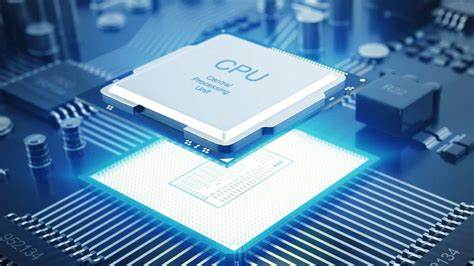Central Processing Unit (CPU)
CPU is the brain of any computer system. In a human body all major decisions are taken by the brain and all other parts of the body function as directed by the brain. Similarly, in a computer system, all major calculations, manipulations and comparisons are made by CPU. CPU is also responsible by all other units of the computer system.
- ALU - Arithmetic and Logic Unit
- CU - Control Unit
- Main Memory and Primary Memory
Arithmetic/Logic Unit (ALU)
All calculations including comparisons are made by the ALU. The data and instructions, stored in the primary memory prior to processing, are transferred to the ALU where processing takes place.
- Arithmetic operations include addition, subtractions, multiplication and division
- Logical operations involve comparisons.
Control Unit (CU)
Control Unit will control the flow of data.
Control Unit is the "boss" and coordinates all of the CPUs activities.
Uses programming instructions, it controls the flow of information through the processor by controlling what happens inside the processor. We communicate with the computer through programming languages. For examples: COBOL, C++, HTML, JavaScript or visual basic or visual basic.net.

Comments
Post a Comment